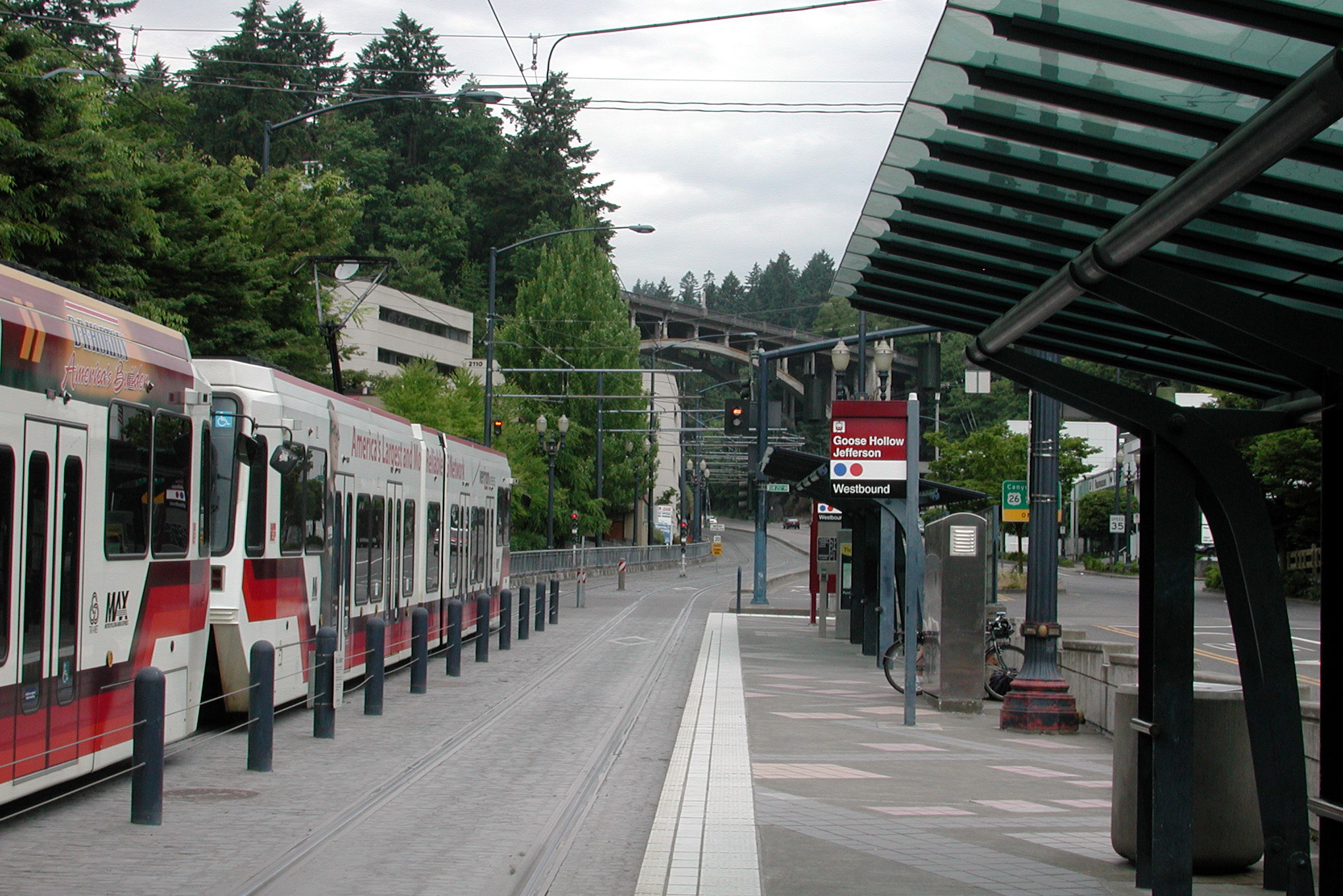With one of the top five most expensive housing markets in the world, Hong Kong was ranked the least affordable city for the eighth year in a row by the Annual Demographia International Housing Affordability Survey. According to the survey, “Academic research has indicated that Hong Kong’s house prices have been driven higher by restrictive land-use regulation.” Over 200,000 people live in squalor as the city continues to be plagued by chronic housing shortages
As prices continue to rise, residents are forced to live in spaces averaging 44 square feet, officially “subdivided units” commonly known as “coffin homes.” Many of these homes are essentially caged bunk beds stacked on top of each other; one apartment measuring 538 square feet can house 24 coffin homes. Business Insider reported the starting rent in 2017 for a 24 square foot home was $180.
Around seven percent of city land is zoned for housing under Hong Kong’s Planning Department, compared to New York City’s 75 percent. According to Financial Times, while London—notorious for its own inflated housing costs—has a median property price of 8.5 times the median income, Hong Kong’s is 19.4, with an average home costing $3,182 per square foot.
The limited space and inflated prices have resulted in a boom of nano or mini flats, often no bigger than a parking space. Architects from around the world have been working on innovative solutions such as redesigning apartments to accommodate small spaces. Architect James Law garnered international attention for his design of the O-pod, which uses recycled concrete water pipes. The O-Pod has a living space of around 100 square feet and is expected to be used as housing for young people at a price of $400 a month, two-thirds of which would go toward a savings account for the tenant.
The Hong Kong Transport and Housing Bureau announced in its 2014 Long Term Housing Strategy plans to add around 280,000 public homes and 180,000 private homes by 2027. However, as stated in their most recent report, “The government has identified land for the construction of about 237,000 public housing units for the ten-year period from 2018-19 to 2027-28,” around 50,000 short of their original target.
The latest solution proposed by the development agency is to acquire land through “blasting caverns into hills and mountains,” as reported by The Wall Street Journal. The agency is also looking at how to relocate facilities such as city archives, vehicle depots, concert halls, shopping centers and even swimming pools into caves.
During his last annual policy statement before leaving office in 2017, Hong Kong’s Former Chief Executive Leung Chun-ying called the housing crisis, “the gravest potential hazard.” While the elderly are the most vulnerable due to insufficient welfare funds, Leung announced an $8.5 billion increase in social welfare, thus increasing allowances for almost half a million of Hong Kong’s elderly population.
In its annual report published on Sept. 27, 2018, UBS Global Real Estate Bubble Index revealed Hong Kong is most at risk of a potential housing bubble, topping the list with a score of 2.3. According to the 2014 Annual Demographia International Housing Affordability Survey, between 2002 and 2014, the price-to-income ratio increased by 275 percent. Additionally, between 2003 and 2018, real estate prices increased by 300 percent according to the Centa-City Index.
Housing costs have been inflated by many factors, such as issuing easy credit with extremely low interest rates, a practice largely to blame for the Great Recession. An increasing population and government policies surrounding land use are also factors, while “others include land hoarding by developers, excessively large country parks…huge amounts of money from the Chinese mainland and overseas and an undervalued Hong Kong dollar among others,” as reported by The Straits Times.
The Hong Kong Monetary Authority introduced new restrictions on mortgage lending rules in May 2017 in hopes of stabilizing the market. “The keen competition for mortgage business in the banking sector has heightened the risk of overheating in the property market and weakened the resilience of banks to cope with a downturn in the market,” said Chief Executive of HKMA Norman Chan. “The HKMA will continue to monitor the property market closely, and will introduce appropriate counter-cyclical measures to safeguard the stability of the banking system.”






